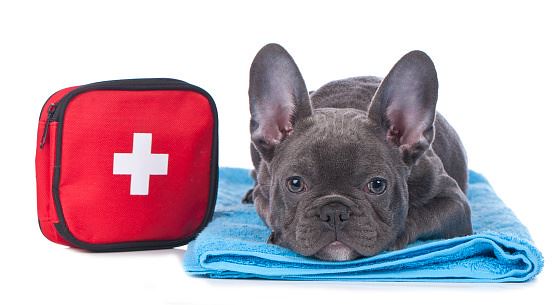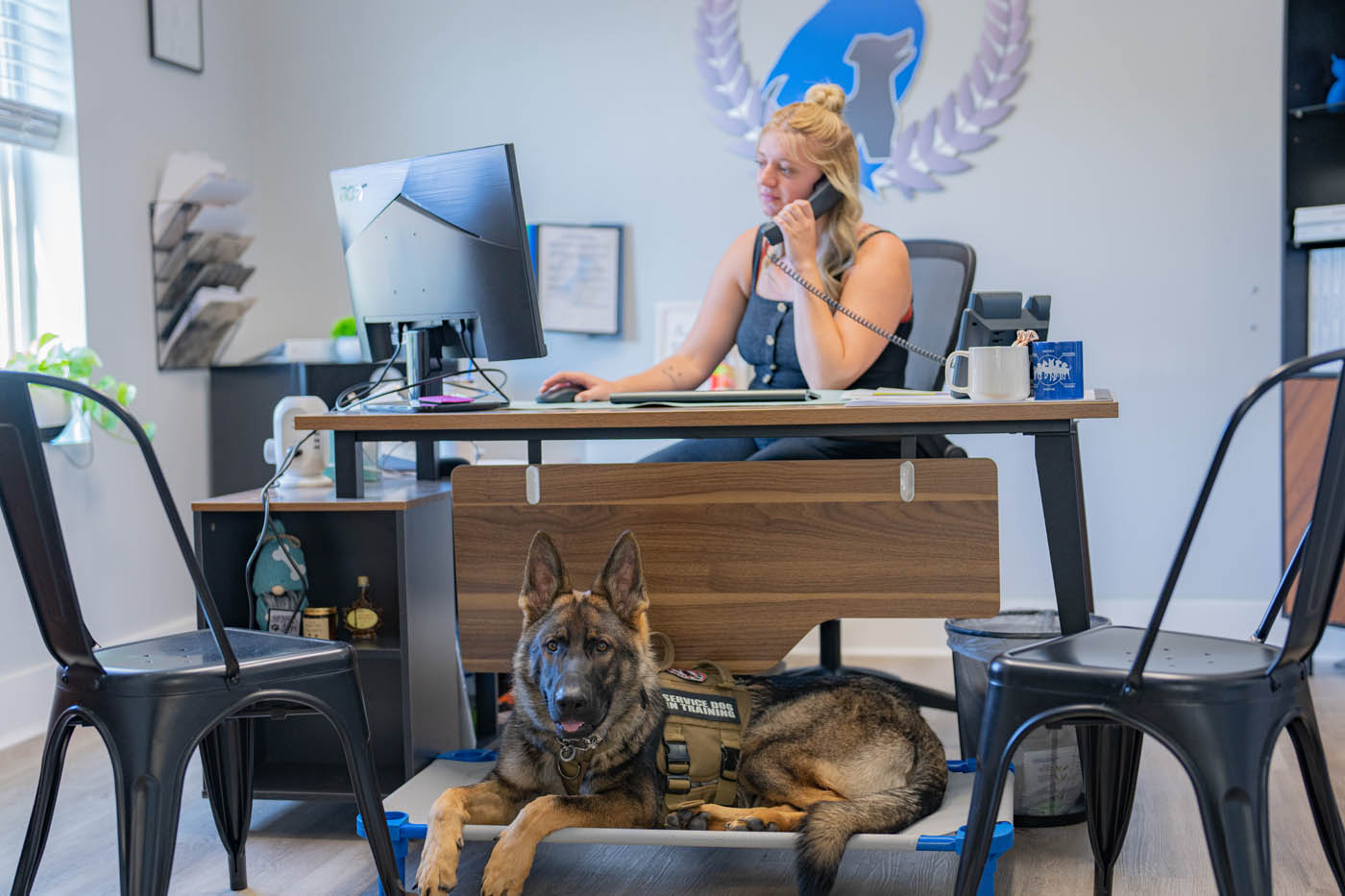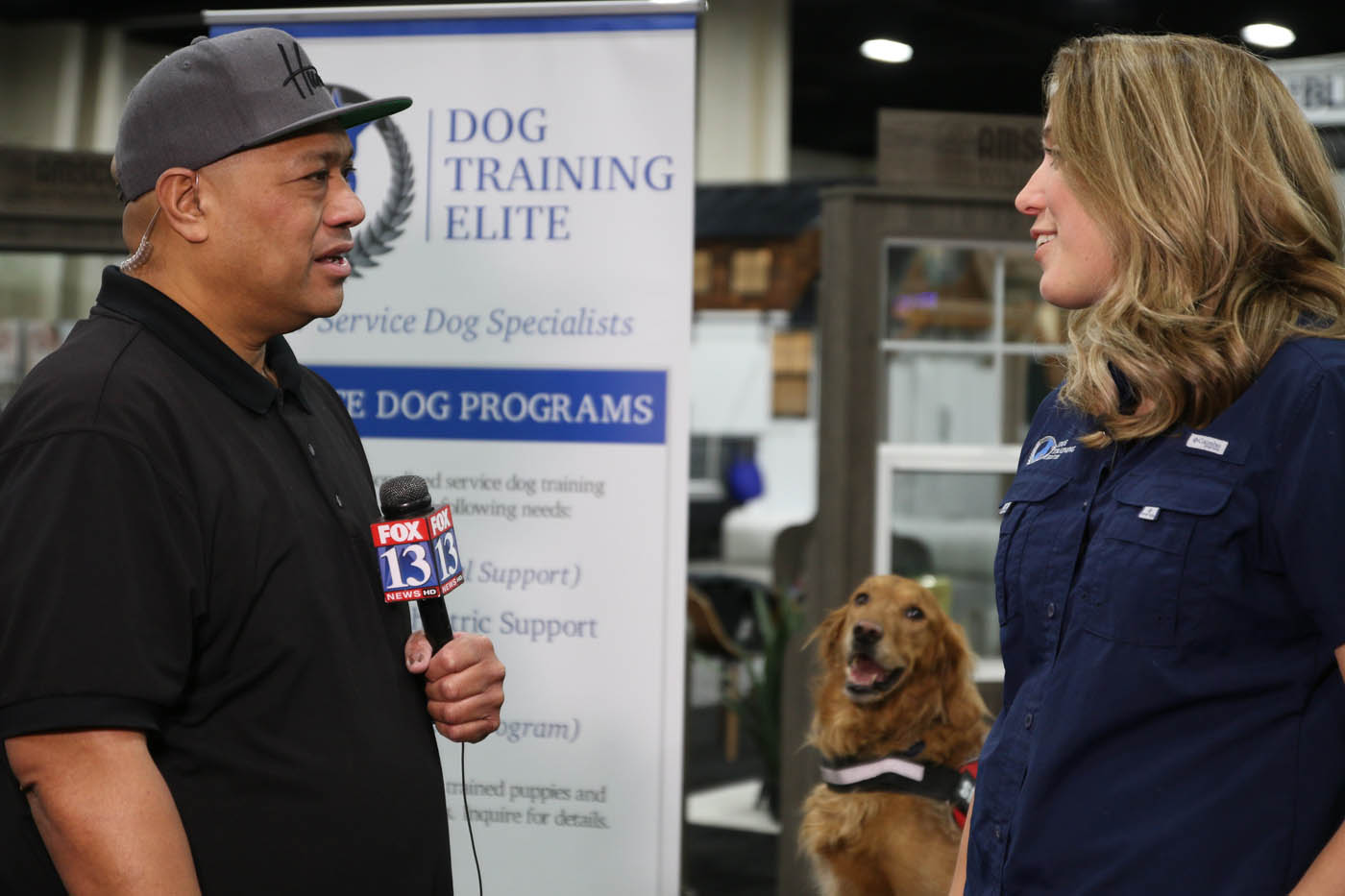How to Create a First Aid Kit for Your Dog
April 16, 2019
Having an updated, well-stocked first aid kit could be a literal lifesaver in the event of a natural disaster, and will be incredibly helpful any time immediate assistance is needed; not just for you, but for your dog as well.

First aid kits are an important precautionary step for emergency situations. Having an updated, well-stocked first aid kit could be a literal lifesaver in the event of a natural disaster, and will be incredibly helpful any time immediate assistance is needed; not just for you, but for your dog as well. It's recommended that you keep a kit made for your dog in your home and place extras in your car, with friends, and at any other place you both frequent. However, you may be worried about what exactly should be put into a kit for your dog to be better prepared for the unexpected. In recognition of Pet First Aid Awareness Month, here are some tips on creating a first aid kit specifically for your four-legged best friend, brought to you by our dog training specialists.
Basic First Aid Supplies
Basic first aid supplies are perhaps the most vital and useful part of assembling a first aid kit for your pup. Bandaging items such as rolled gauze, bandaids, adhesive first aid tapes, and non-stick gauze strips will come in handy both in emergencies and for minor injuries away from home. Other basic medical supplies such as tweezers, scissors, alcohol/non-alcohol wipes, disposable gloves, a rectal thermometer made for pets, and a stethoscope are also recommended.
Records and Phone Numbers
A written record of important information should be assembled and put into your dog’s first aid kit(s) for easy, dependable access. You may have your veterinarian's number saved in your phone, but that won’t do your pup any good in an emergency if you lose your phone or can’t be reached. Everyone in your home or whoever is looking after your dog should know exactly where to find important information when you aren’t there to help. Write down your veterinarian's name, number, and clinic name/address, as well as any other emergency clinic that could be reached if your vet was unavailable. Other numbers to record that are helpful to have on hand are the Animal Poison Control Center (888-426-4435), close family members, friends, neighbors, and your own. Documents such as your dog’s health record, vaccinations and updates, titer tests, a list of medications with the details concerning them, and a recent photo of your dog should also be included.
Prescriptions and Other Medications
If your pup has been prescribed a medication by your veterinarian, finding yourself in a crisis situation and unable to reach a veterinary clinic to refill it for more than a few days. Keep a week or two’s supply in each of your pup’s first aid kits, as well as a written prescription from your veterinarian. An additional stock of over the counter medications (cortisone spray/cream, wound cleaner, antibiotic ointment, activated charcoal, sterile saline, pain medication, etc.) can also be beneficial in an emergency, so long as they have been cleared with your veterinarian beforehand.
Useful Equipment
You never know what position you and your pup may end up in where you’re forced to find help in a first aid kit, so it’s a good idea to include a variety of useful equipment along with medical supplies. Heat and ice packs, for example, will come in handy to soothe an injury. And a muzzle may be necessary for a dog who is scared or hurt (even if you think your pup would never nip at you, in stressful circumstances it may be how they express their fear and pain) so you can render first aid without the worry of them biting. Other miscellaneous items could include a nail clipper for pets, dish soap, cotton balls, oral syringes, water bottles, non-perishable treats, paper towels, a thermal blanket, a large towel, an extra leash, a magnifying glass, and a flashlight.
It’s impossible to predict what will be most needed in an emergency, but it’s always better to be safe than sorry. Putting together a thorough first aid kit for your dog will ensure that you’re not caught unprepared. They’re good to have on hand for milder issues, and they could even save your pup’s life in severe circumstances. Just make sure to refresh your home kit and all extra kits you make at least twice a year. Replace supplies that have been used, examine expiration dates, check that items work well and are not broken or damaged, and put in anything you think should be added.
Do you have any questions or concerns? Contact Dog Training Elite today for professional dog obedience training services, we're happy to help!
Get Your Free Assessment
You and your canine companion really can have it all. See how easy it can be to become a member of the elite pup society by requesting a free consultation today!





